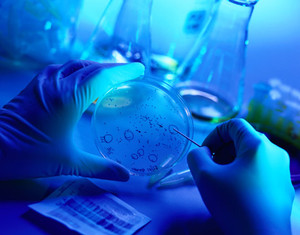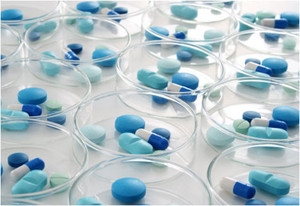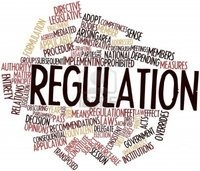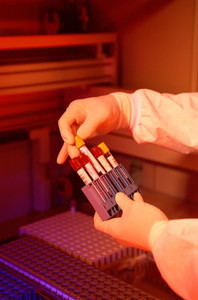How is licensing of biosimilars actually being applied in Europe? This was the question broached in a paper by Dr Christian Schneider – Chairman of both the Committee for Advanced Therapies and Biosimilar Medicinal Products Working Party and Co-opted member of the Committee for Medicinal Products for Human Use (CHMP).
Licensing of biosimilars in Europe
Home/Guidelines
|
Posted 02/07/2010
 0
Post your comment
0
Post your comment

Licensing of biosimilar products has been possible in Europe since a regulatory framework for similar biological medicinal products was established and there was a positive opinion by the EMA’s CHMP for the first biosimilar products (human growth hormones Omnitrope and Valtropin; brand names for somatropin).
Dr Schneider and Dr Kalinke put forward that the limited experience gained so far from biosimilar approvals has proved the following:
- Implementation of guidelines for the development of biosimilars is possible. This was disputed earlier, particularly by innovator companies.
- The ‘comparability exercise’ requires consideration of a wide range of aspects, including analytical and physicochemical characterisation by several methods, comparative biological assays, and comparative immunogenicity assessment, among others.
- The use of different host cells for the biosimilar and the comparator is possible, as was shown in the case of the human growth hormone biosimilar, Valtropin (somatropin).
- The comparator product must be approved in the EU and should not be changed during development.
- The clinical programme for a biosimilar should establish ‘similarity’ and may therefore be reduced compared to the full clinical development required for a new drug.
The authors concluded that European guidelines introduce the general concept of biosimilars. The guidelines mention ‘any biological product’, and include complex biotech-derived medicinal products, such as immunologicals (vaccines), blood products and monoclonal antibodies (mAbs), thus opening the door for a whole new generation of biosimilars.
(see also Will the EU biosimilars pathway be applicable to monoclonal antibodies?, Development of biosimilars mAbs and Challenges in the development of biosimilars mAbs)
References:
Schneider CK, Kalinke U. Toward biosimilar monoclonal antibodies. Nat Biotechnol. 2008;26(9):985-90
EMA, Committee for medicinal products for human use (CHMP), Guideline on similar biological medicinal products, CHMP/437/04, London, 30 October 2005
EMA, Omnitrope European Public Assessment Report (EPAR) H-C-607, 23 April 2008
EMA, Valtropin European Public Assessment Report (EPAR) H-C-602, 17 June 2009
European Commission (EC). Directive 2001/83/EC of the European parliament and of the council of 6 November 2001 on the community code relating to medicinal products for human use. Off J Eur Comm. 2004; L-311, 67–128
Policies & Legislation
ANVISA tackles 24-month backlog in biologicals post-registration petitions
US EO: delivering Most-Favored-Nation Prescription Drug Pricing to American patients
Most viewed articles
The best selling biotechnology drugs of 2008: the next biosimilars targets
Global biosimilars guideline development – EGA’s perspective
New guidance for biologicals in Pakistan and Hong Kong’s independent drug regulatory authority

Home/Guidelines Posted 20/10/2025
Canada poised to remove requirement for Phase III trials for biosimilars

Home/Guidelines Posted 22/07/2025
The best selling biotechnology drugs of 2008: the next biosimilars targets








Post your comment